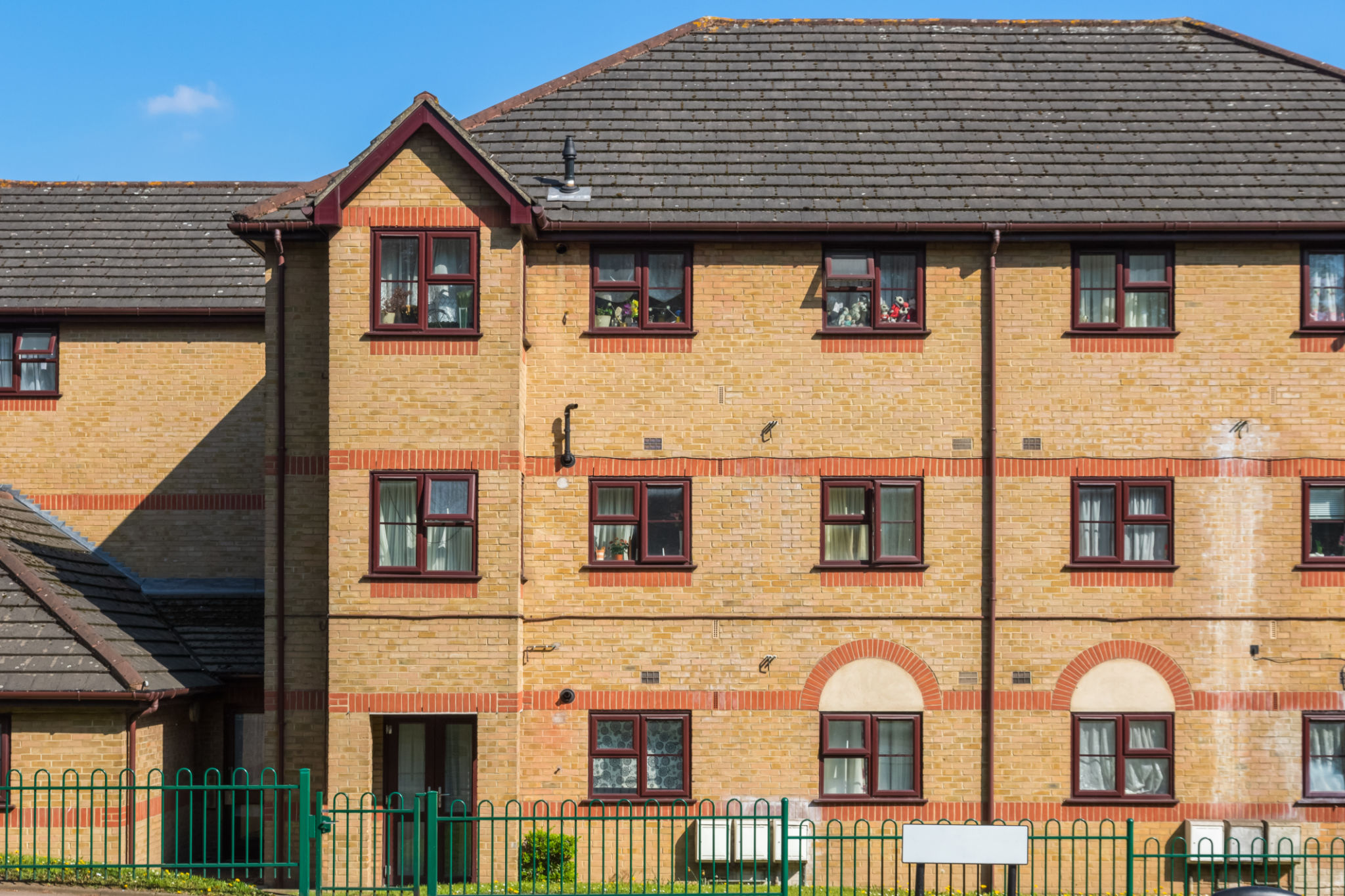Sustainable Land Development: Best Practices from the UK
JT
Understanding Sustainable Land Development
Sustainable land development is a critical component in creating a balance between economic growth and environmental preservation. In the UK, this approach has gained significant traction, focusing on minimising environmental impact while promoting responsible growth. By integrating sustainable practices into land development, the UK is setting an example for others to follow.

Key Practices in UK Land Development
Environmental Impact Assessments
One of the foremost practices in sustainable land development is conducting thorough Environmental Impact Assessments (EIAs). These assessments help in understanding the potential environmental consequences of a proposed development and are crucial in planning to mitigate negative impacts. In the UK, EIAs are legally required for most large projects, ensuring that environmental considerations are prioritised.
Green Building Standards
The UK has been at the forefront of adopting green building standards, such as the BREEAM certification. These standards promote energy efficiency, water conservation, and the use of sustainable materials. By adhering to these guidelines, developers can significantly reduce the environmental footprint of new buildings.

Community Engagement and Social Responsibility
Incorporating community engagement into land development is another best practice in the UK. Developers are encouraged to involve local communities in the planning process, ensuring that projects meet the needs of those who will be most affected. This approach not only fosters goodwill but also helps in creating spaces that are genuinely beneficial to the community.
Social Housing Initiatives
The UK government has been proactive in promoting social housing initiatives as part of sustainable land development. By ensuring that new developments include affordable housing options, the UK addresses social inequities while promoting sustainable urban growth.

Utilising Green Spaces
Integrating green spaces into urban planning is another key practice in sustainable land development. Parks, community gardens and green roofs not only enhance the aesthetic appeal of urban areas but also contribute to biodiversity and improve air quality. The UK has been a leader in implementing such features, creating more livable and environmentally friendly urban environments.
Encouraging Biodiversity
Another important aspect is encouraging biodiversity through the preservation and creation of natural habitats. This can involve planting native species, creating wildlife corridors and maintaining existing ecosystems. Such efforts contribute to environmental resilience and sustainability.

The Future of Sustainable Land Development
The future of sustainable land development in the UK looks promising, with ongoing innovations and policies aimed at further reducing environmental impacts. By continuing to refine best practices and adopting new technologies, the UK aims to lead the way in sustainable development globally.
In conclusion, sustainable land development in the UK is characterised by a holistic approach that balances economic growth with environmental stewardship and social responsibility. By embracing these best practices, other countries can learn valuable lessons on how to develop land sustainably for future generations.